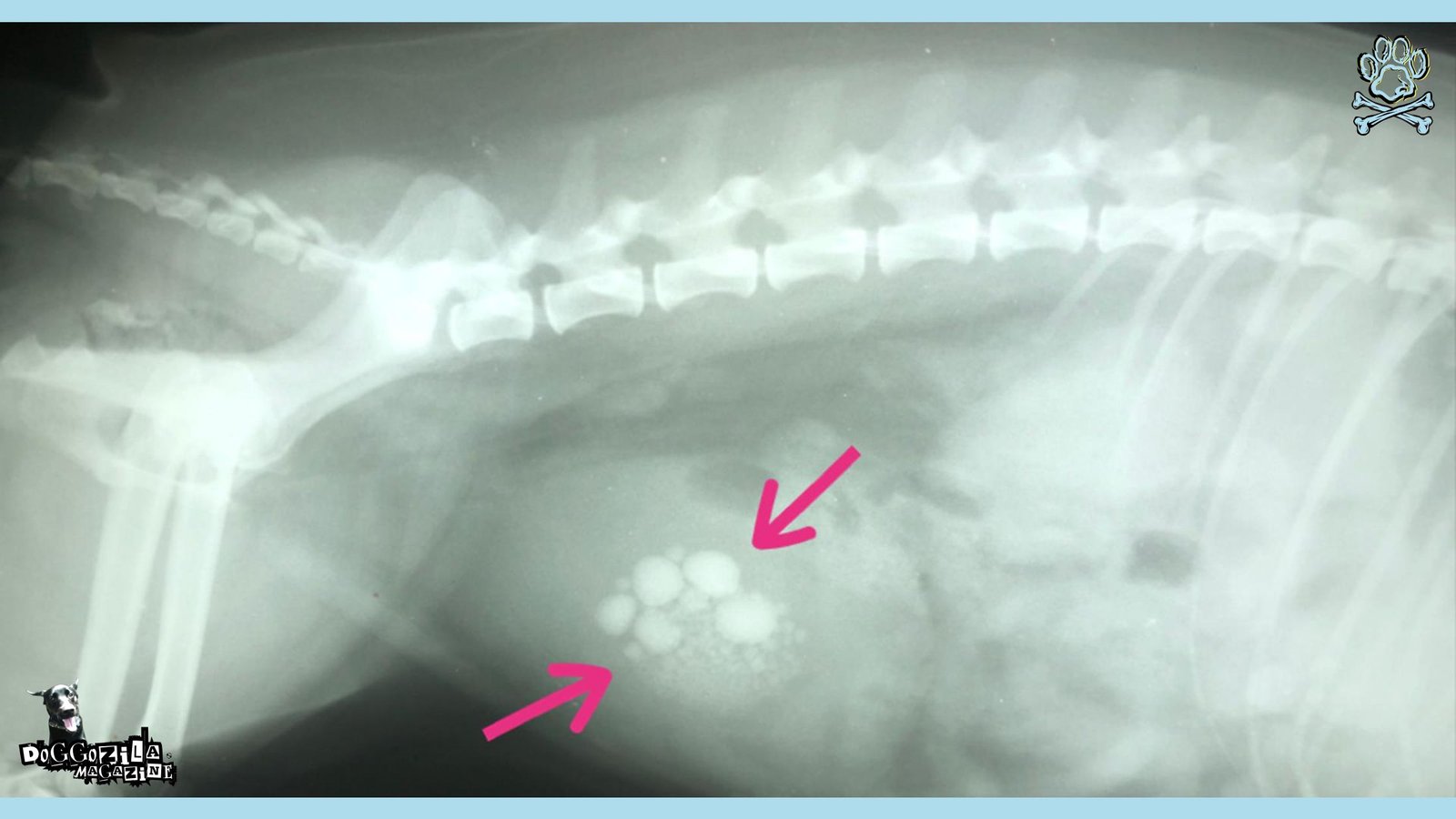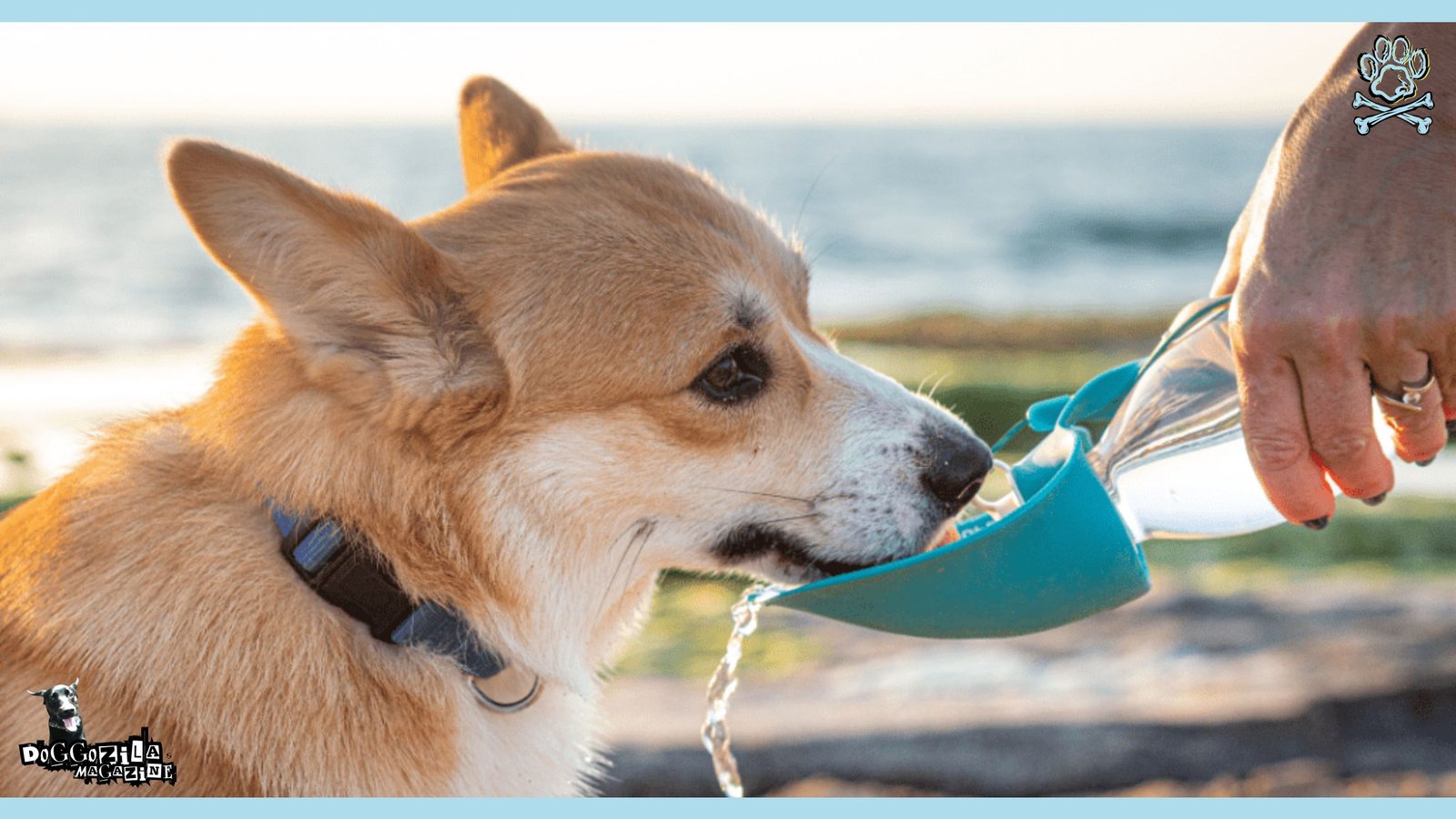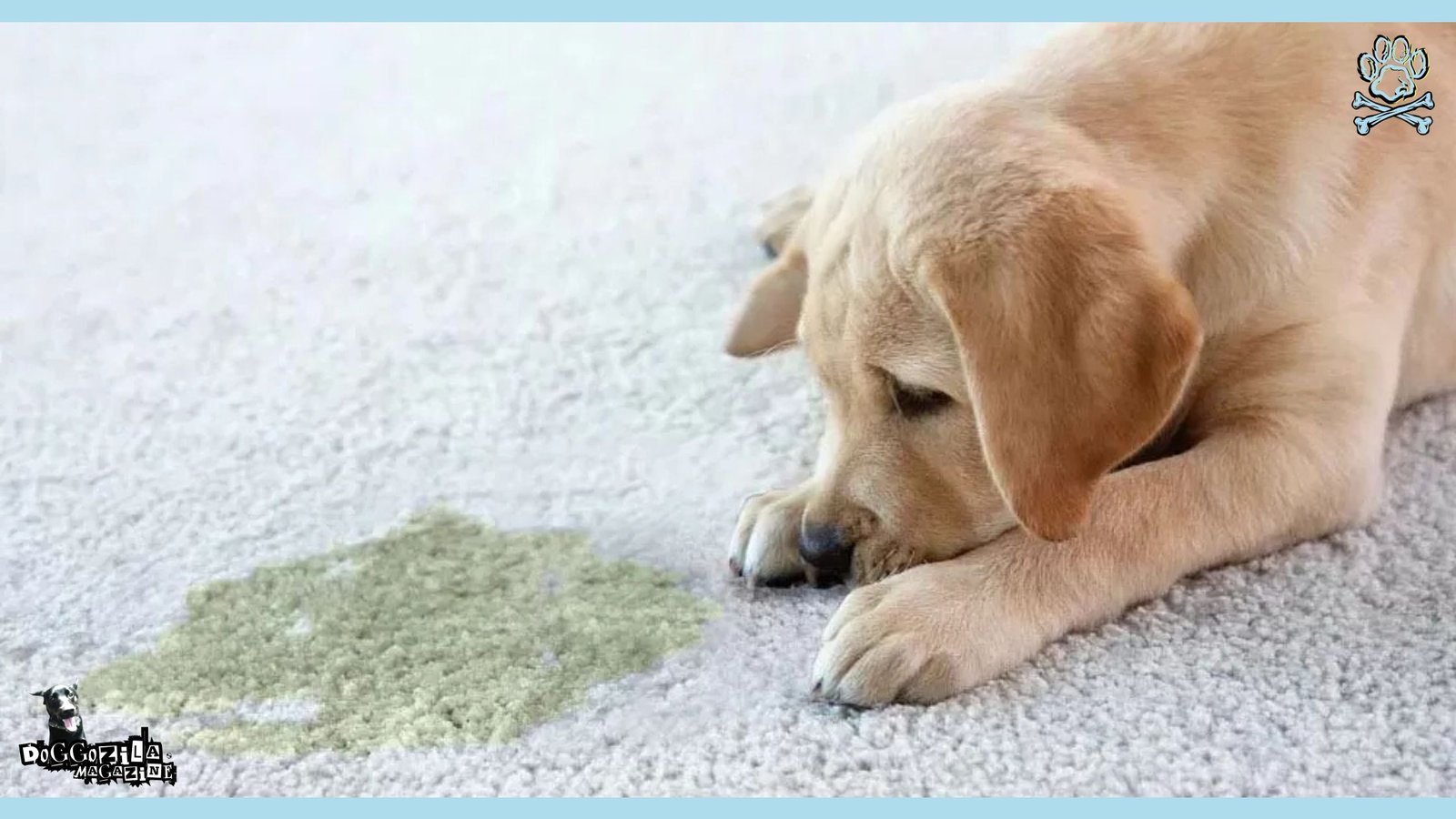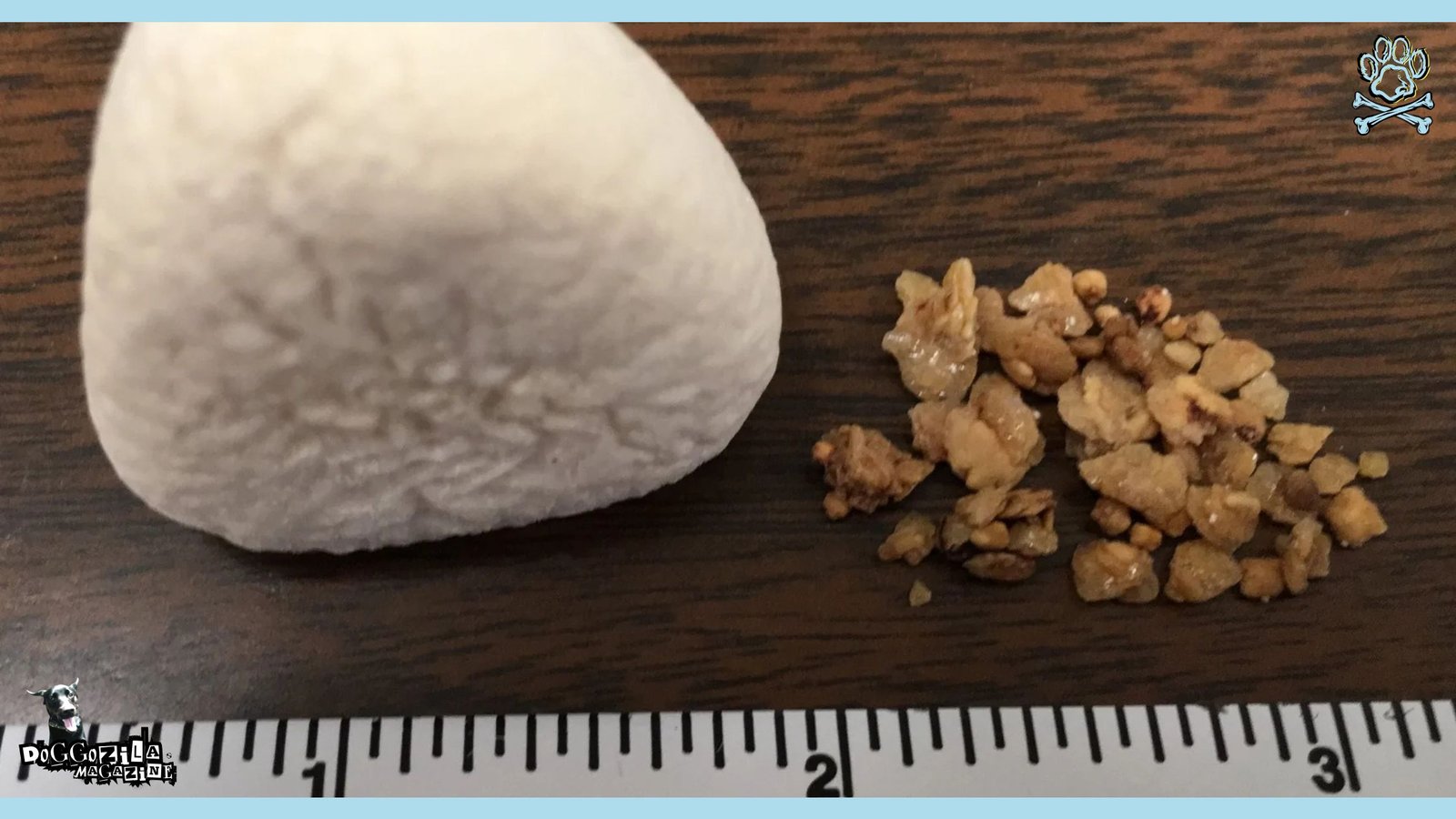Bladder stones, medically referred to as uroliths, represent a common ailment affecting dogs, being crystalline formations that can develop within the urinary bladder. These rock-like structures form primarily due to the precipitation of minerals that exist in urine, which can occur when the urine becomes supersaturated with certain substances, resulting in the aggregation of minerals.

WHAT ARE BLADDER STONES?
Various types of minerals, including calcium oxalate, struvite, urate, and cystine, may contribute to the formation of bladder stones, each characterized by distinct chemical compositions and associated causes.
In What Sizes Do Bladder Stones Come in Dogs?
The size of bladder stones can vary remarkably, with some presenting as tiny grains that may be easily passed through the urinary tract, while others can grow to significantly larger sizes. This size variability can influence the severity of symptoms displayed by affected dogs.
Larger stones, for instance, may contribute to blockages, causing distress and necessitating prompt veterinary attention. It is essential to note that the presence of these stones can lead to a range of urinary issues, including infections, inflammation, and difficulty in urination, all of which can severely impact a dog’s well-being.
Understanding Bladder Stones in Dogs
Understanding bladder stones is crucial for dog owners, as it equips them with the knowledge to recognize potential symptoms and seek timely medical intervention. Moreover, awareness regarding the condition can facilitate discussions with veterinarians about prevention strategies and treatment options.
With bladder stones being prevalent in the canine population, it becomes imperative for pet owners to educate themselves on the causes and implications of this condition, fostering healthy lifestyle for their furry friends.
🔑 Key Points: Various types of minerals, including calcium oxalate, struvite, urate, and cystine, may contribute to the formation of bladder stones, each characterized by distinct chemical compositions and associated causes.

TYPES OF BLADDER STONES IN DOGS
Bladder stones in dogs can be classified into several types, each characterized by its unique composition and the circumstances that lead to its formation. Understanding these types is crucial for effective diagnosis and treatment. The predominant types of bladder stones include calcium oxalate, struvite, urate, and cystine stones.
Calcium Oxalate Stones
Calcium Oxalate Stones are among the most common types found in dogs. These stones form when there is an excess of calcium and oxalate in the urine, often due to certain dietary choices, metabolic disorders, or even genetic predispositions.
Breeds such as Yorkshire Terriers and Miniature Schnauzers are particularly susceptible. Nutrition rich in oxalate, such as beet greens and spinach, can exacerbate the risk of these stones developing.
Struvite Stones
Struvite Stones occur primarily as a result of urinary tract infections (UTIs). They are composed of magnesium, ammonium, and phosphate. Infections can lead to an alkaline urine pH, creating an environment conducive to struvite formation. Certain breeds, specifically female dogs prone to UTIs, such as Golden Retrievers and Labrador Retrievers, are notably at risk.
Urate Stones
Urate Stones are typically associated with certain genetic predispositions that affect the metabolism of purines, which are substances found in many types of nutrition. Breeds like Dalmatians, who have difficulty processing uric acid, are particularly vulnerable. Formulating diets low in purines can help prevent these types of stones.
Cystine Stones
Cystine Stones are less common and arise from a genetic disorder that affects the kidney’s ability to filter certain substances properly. This results in an accumulation of cystine in the urine, leading to stone formation. This type is often seen in breeds such as Dachshunds and Bulldogs, which highlights the importance of tailored dietary management for prevention.
🔑 Key Points: Awareness of these bladder stone types, their compositions, and related dietary influences is essential for providing optimal care for dogs. Pet owners should consult veterinarians to identify risks and to develop preventive strategies based on their dog’s breed and health conditions.

CAUSES OF BLADDER STONES IN DOGS
Bladder stones, medically referred to as uroliths, can develop in dogs due to several underlying factors.
Diet is the Main Cause for Bladder Stones in Dogs
One of the primary causes is diet. Certain ingredients in dog food can create an environment conducive to stone formation, particularly those high in calcium, phosphorus, or magnesium. Furthermore, the pH level of the dog’s urine plays a crucial role; diets that lead to more alkaline or acidic urine can influence the type of stones that develop.
Urinary tract infections also Cause Bladder Stones
Urinary tract infections (UTIs) are another significant contributor to bladder stone formation. When bacterial infections affect the urinary system, they can alter the urine’s composition, leading to stone development. Some specific bacteria produce struvite crystals, which can ultimately aggregate into larger stones. Thus, addressing and treating any recurrent infections is vital in preventing the development of bladder stones.
Some Dogs Have Genetic Predispositions for Bladder Stones
Genetics can also play a role in a dog’s susceptibility to bladder stones. Certain breeds, such as Yorkshire Terriers, Shih Tzus, and Miniature Schnauzers, are predisposed to developing these conditions due to inherited traits. Therefore, it is crucial for pet owners to be aware of their dog’s breed and its associated health risks.
Dehydration Is Also a Risk of Bladder Stone Formation
Dehydration can further exacerbate the risk of bladder stone formation. Insufficient water intake leads to concentrated urine, increasing the likelihood of mineral crystallization. It’s essential to ensure dogs have constant access to fresh water, especially in hotter climates or during vigorous exercise. Additionally, underlying health conditions, such as diabetes or Cushing’s disease, can affect urine composition and predispose dogs to develop stones.
🔑 Key Points: Preventive strategies are paramount in reducing the risk of bladder stones. Maintaining a well-balanced diet, rich in appropriate nutrients, and ensuring adequate hydration are essential measures. Regular vet check-ups can also help detect early signs of urinary issues, allowing for timely intervention and treatment.

SYMPTOMS OF BLADDER STONES IN DOGS
Recognizing the symptoms of bladder stones in dogs is essential for early diagnosis and effective treatment.
Having Difficulties Urinating
One of the primary indicators is difficulty or straining while urinating, which may manifest as lengthy attempts to urinate without success. This discomfort often leads to dogs exhibiting signs of distress, such as whining or pacing. Owners should be vigilant for any changes in their pet’s urination habits, including increased frequency, as affected dogs may feel the urge to urinate more often than usual.
Presence Of Blood in The Urine (Hematuria)
Another significant sign of bladder stones is the presence of blood in the urine, known as hematuria. This can cause the urine to appear pink or red and is often a result of irritation or injury to the bladder lining. Once you observe any discoloration or unusual changes in your dog’s urine, it is imperative to seek veterinary care promptly.
Signs Of Pain or Discomfort During Urination
Dogs with bladder stones may also show signs of pain or discomfort during urination, which can be evidenced by whining, licking at the genital area, or adopting a squatting position without producing urine. In severe cases, a urinary blockage may occur, which is a medical emergency. Symptoms of a blockage include vomiting, lethargy, and a complete inability to urinate. Prompt veterinary attention is crucial, as untreated blockages can lead to severe complications.
🔑 Key Points: Keep an eye out for symptoms such as difficulty urinating, blood in urine, increased frequency of urination, and signs of pain are vital steps in promptly addressing potential bladder stones in dogs. Early intervention can significantly impact outcome and overall health, underscoring the importance of monitoring your pet’s urinary health closely.

DIAGNOSIS OF BLADDER STONES
Diagnosing bladder stones in dogs is a critical process that involves a combination of physical examinations, imaging techniques, and laboratory tests. Initially, a veterinarian will perform a thorough physical examination to assess the dog’s overall health and identify any visible signs of bladder stones, such as discomfort when urinating or blood in the urine.
Imaging Techniques Such as X-Rays and Ultrasound
During this examination, the veterinarian also takes note of any behavioral changes that may indicate urinary issues, such as frequent urination or straining. Following the physical assessment, various imaging techniques are employed to confirm the presence of bladder stones. X-rays are commonly used as they can easily highlight mineral-based stones due to their dense structure.
However, some types of stones may not be visible on X-rays, necessitating the use of additional imaging such as ultrasound. Ultrasound provides a non-invasive approach to visualize the bladder’s contents and can help identify the size, location, and number of stones. This dual approach enhances diagnostic accuracy, ensuring appropriate treatment plans are developed based on the dog’s specific condition.
Laboratory Tests Such as Urinalysis and Urine Culture
In addition to imaging, laboratory tests play a pivotal role in diagnosing bladder stones. Urinalysis is performed to analyze the dog’s urine for crystals, bacteria, and signs of infection, revealing important information about the urinary tract’s health.
A urine culture may also be conducted to detect any underlying infections that could be contributing to the formation of the stones. Additionally, these laboratory tests assist in determining the type of bladder stones present, which is crucial for guiding treatment options. Different types of stones, such as struvite or calcium oxalate, require distinct approaches for management and prevention.
🔑 Key Points: Through a combination of physical evaluations, imaging techniques, and laboratory tests, veterinarians can accurately diagnose bladder stones in dogs, paving the way for effective treatment and improved health outcomes.

TREATMENT OPTIONS FOR BLADDER STONES
When a dog is diagnosed with bladder stones, various treatment options are available, ranging from non-invasive approaches to more invasive surgical procedures. The most appropriate treatment plan depends on several factors, including the type and size of the stones, the dog’s overall health, and the presence of any underlying conditions.
The Main Treatment is Dietary Changes
One of the primary non-surgical treatment options involves dietary changes. Certain diets are specifically formulated to dissolve specific types of bladder stones, such as struvite stones.
By regulating the pH of the urine and ensuring that the dog consumes high-quality and nutrient-rich food, pet owners can assist in reducing the likelihood of stone formation.
In addition, increasing the dog’s water intake encourages more frequent urination, which helps flush out bacteria and reduces the concentration of minerals that can contribute to stone development.
Medications Are Another Way to Treat Bladder Stones in Dogs
Medications may also play a role in the management of bladder stones. For example, antibiotics can be beneficial if a urinary tract infection accompanies the stones, while anti-inflammatory medications can help alleviate discomfort during the treatment process.
However, it is vital to consult a veterinarian before administering any medications, as improper use can result in complications.
Surgical Interventions Such as Cystotomy and Lithotripsy
In cases where non-surgical methods are ineffective or if the stones are too large to pass naturally, surgical intervention may be necessary. Procedures such as cystotomy—where the bladder is surgically opened—enables the veterinarian to remove stones directly.
Lithotripsy, another procedure that employs shock waves to break stones into smaller fragments, can also be effective and may be performed in some cases. Regardless of the chosen treatment option, continuous monitoring and follow-up care are essential to prevent the recurrence of bladder stones.
🔑 Key Points: Regular veterinary check-ups and urinalysis can help ensure that the dog remains healthy and stone-free, allowing for timely interventions if needed.

PREVENTING BLADDER STONES IN DOGS
Prevention of bladder stones in dogs is a vital aspect of responsible pet ownership.
Proper Hydration Helps to Prevent Painful Formations Such as Bladder Stones
One of the most effective strategies for minimizing the risk of these painful formations is ensuring proper hydration. Adequate water intake helps to dilute the urine, making it less conducive to stone formation.
Dog owners should encourage their pets to drink more by providing fresh water at all times, using pet water fountains, or even offering ice cubes as a treat.
Additional water can also be infused into the dog’s diet through wet food, which remarkably increases moisture consumption.
Balanced Diet Is Critical in Prevention of Stone Formation in The Bladder
Next, a balanced diet plays a critical role in preventing bladder stones. It is imperative to select high-quality dog food formulated specifically to reduce the likelihood of stone formation. Ingredients that promote urinary health, such as those containing lower levels of oxalates and purines, should be prioritized.
Moreover, some brands offer specialized foods that help dissolve specific types of stones and prevent their recurrence. Consulting with a veterinarian for tailored dietary recommendations is advisable, particularly for dogs with a history of urolithiasis.
Regular Veterinary Check-Ups and Monitoring a Dog’s Urinary Habits are Crucial
Regular veterinary check-ups are essential in monitoring a dog’s urinary health. Routine examinations can help detect early signs of urinary issues or imbalances before they escalate into more serious concerns.
During these visits, pet owners can discuss their dog’s hydration and dietary habits as well as any behavioral changes that might indicate potential problems.
Finally, monitoring a dog’s urinary habits is crucial. Owners should be observant for changes in urination frequency, straining while urinating, or the presence of blood in the urine. Such symptoms can be warning signs of developing bladder stones or other urinary tract issues.
🔑 Key Points: Bringing these observations to the veterinarian’s attention promptly can facilitate early intervention and significantly contribute to preventing bladder stones in dogs, ultimately supporting their overall health and well-being.

UNDERSTANDING THE DURATION AND RISKS OF BLADDER STONES IN DOGS
Bladder stones, also known as urinary calculi, are mineral formations that can develop in a dog’s urinary bladder. These stones can vary in size and composition and are often a result of multiple factors, including diet, urinary tract infections, and genetics.
How Long Can Dogs Last with Bladder Stones?
Understanding how long a dog can last with bladder stones is crucial for pet owners, as the associated symptoms can significantly affect the dog’s quality of life. The duration that a dog can endure living with bladder stones varies significantly based on the size of the stones and the nature of the underlying issue. In some cases, larger stones may take several months to dissolve fully.
During this time, dogs will likely continue to experience the symptoms mentioned earlier, leading to discomfort and potential complications. A vital point to consider is that the longer the stones persist in the bladder, the higher the likelihood of developing a urethral obstruction. This is particularly troublesome for male dogs, as their narrower urethra makes them more susceptible to blockages.
Proactive Approach Is Essential in Managing Bladder Stones in Dogs
With timely veterinary intervention, many dogs can be treated effectively. Treatment methods may include dietary changes, increased hydration, or surgical removal, depending on the severity of the case. Nevertheless, the primary focus remains on alleviating symptoms and preventing the development of more severe complications.
Regular check-ups and early intervention can minimize the duration a dog suffers from bladder stones and improve the overall prognosis. Puppy owners are encouraged to be vigilant regarding their dog’s urinary health.
If you notice any symptoms that could indicate bladder stones, such as difficulty urinating or blood in the urine, consult your veterinarian immediately. A proactive approach is essential in managing bladder stones and preventing possible long-term consequences for your beloved pet.
Do Dogs Feel Pain with Bladder Stones?
If you suspect that your dog is suffering from bladder stones, it is crucial to consult a veterinarian promptly. The treatment strategy is dependent on the size and type of stones present, as well as the overall health of the dog. In many cases, surgical intervention may be required to remove the stones and alleviate pain.
Common signs that often include pain are bloody urine, discomfort while urinating, and frequent urination attempts. They often resulting in the production of little to no urine. As these stones grow, they can lead to severe complications, including pain and infections. Ultimately, if left untreated, bladder stones carry a risk of urethral obstruction. That will lead to a medical emergency that requires immediate attention.
Pain Management Options
Managing pain and discomfort is a significant part of the recovery process. Your veterinarian may prescribe pain relief medications to help manage your dog’s symptoms post-surgery.
Moreover, adjustments in diet can significantly help in preventing the recurrence of bladder stones. Special diets designed for dogs predisposed to stone formation can help to dissolve certain types of stones. These diets can also create an environment in the bladder that is less likely to allow stones to form.
In conclusion, dogs with bladder stones do indeed feel pain! That’s why owners should be vigilant in recognizing symptoms that indicate distress. Regular veterinary check-ups can help in early detection and treatment. That will ensure your furry friend to lead a happier, healthier life free from the pain of bladder stones.










